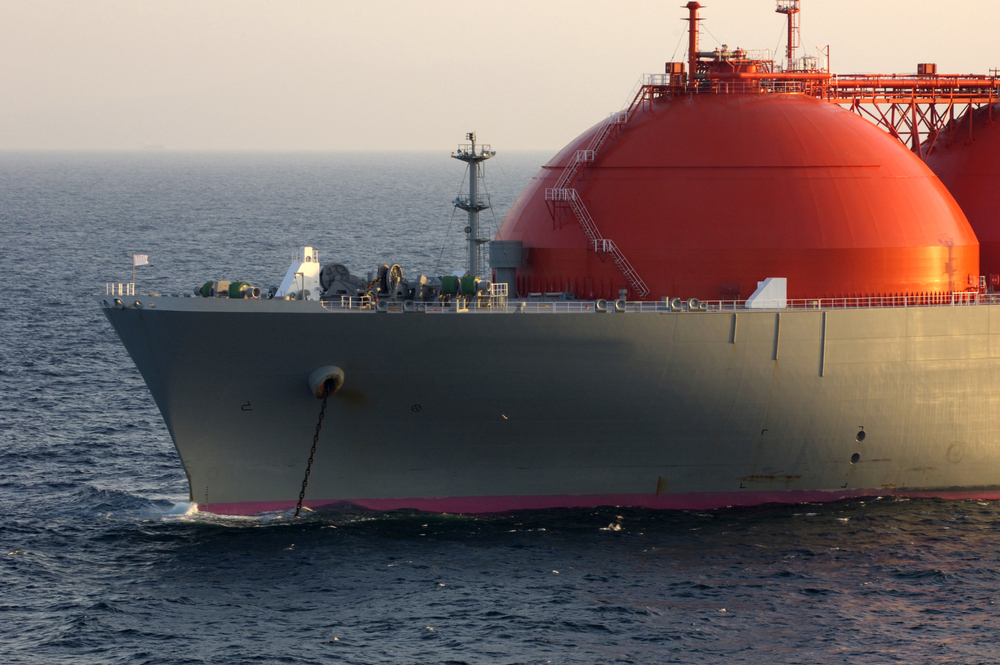
Measuring approximately 0.3 miles in length the vessel will be almost as long as five football fields and take the crown of being the largest floating facility in the world.
Plans for the vessel represent the next stage in the two company’s plans to develop the Scarborough field using floating LNG. Analysts also see the move as the latest vote of confidence for what is still very much an untried technology. Nevertheless, energy companies remain hopefully that it will help bring down the rising cost of developing gas.
Once operation it is estimated that the plant would increase Australia’s current LNG production by approximately 30 percent, producing between six and seven million metric tons per annum. To put that into perspective, such a figure would be enough to fuel the LNG needs of Japan, the world's largest importer of the gas, for about a month
Australia currently has $190 billion worth of LNG projects under way and is on track to replace Qatar as the world's largest LNG exporter by the end of the decade.













